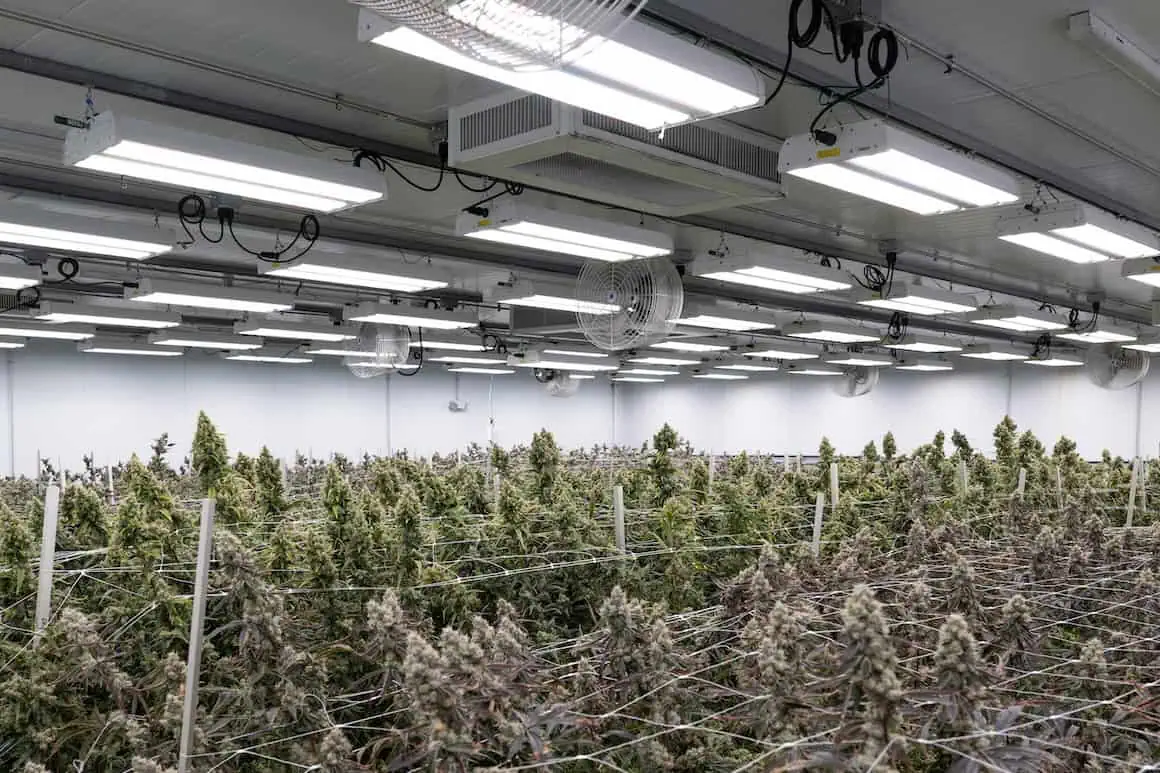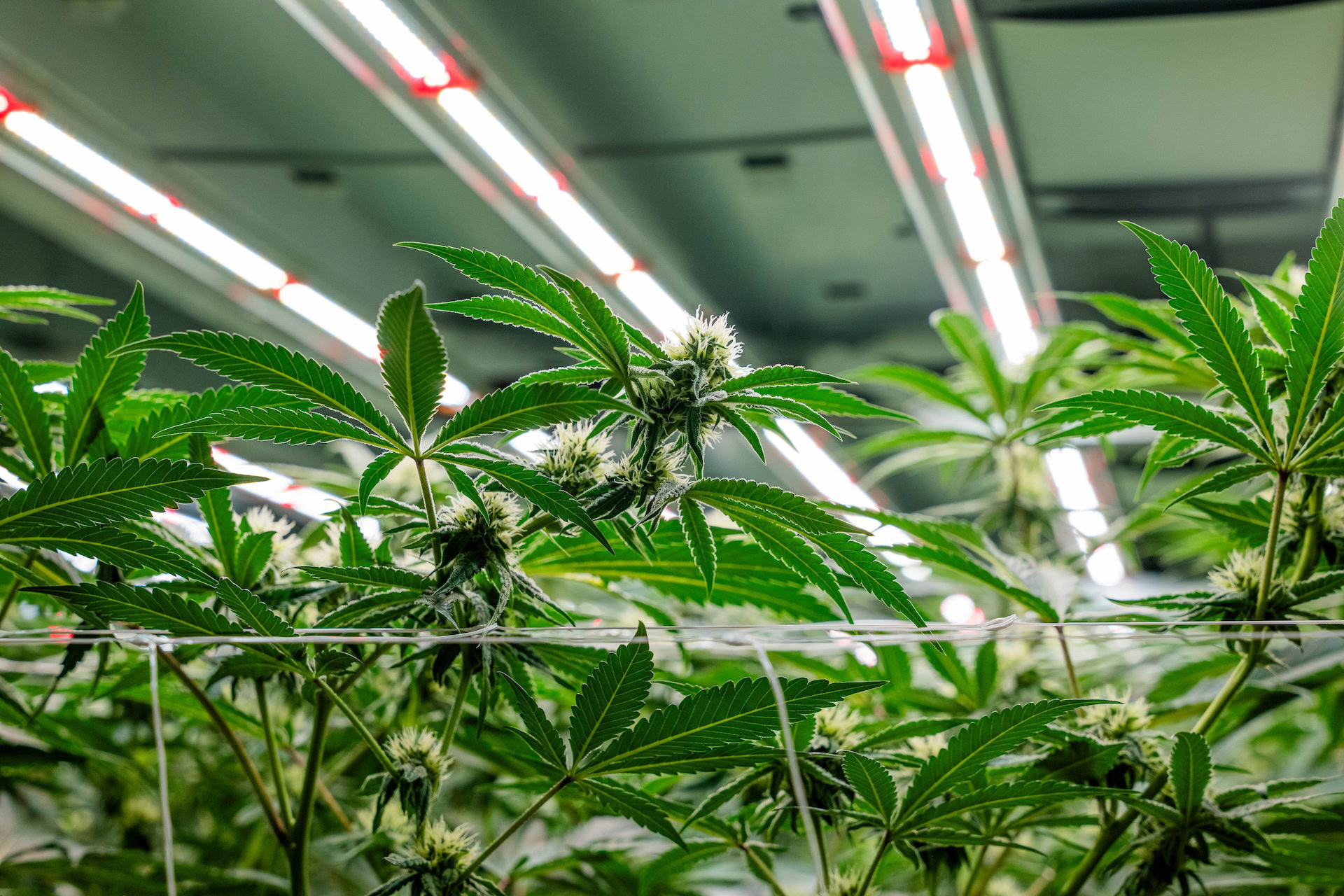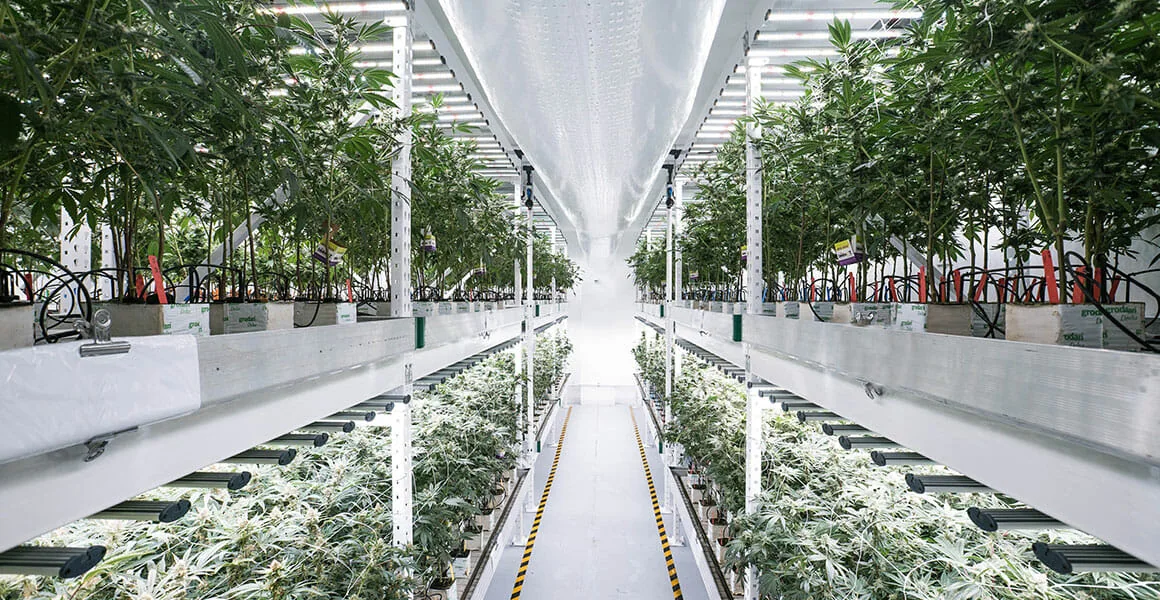In the ever-evolving world of cannabis cultivation, lighting design plays a crucial role in optimizing plant growth, increasing yields, and improving overall efficiency. Whether you are starting a new cultivation facility or looking to enhance your existing setup, understanding the principles of lighting design is essential. Proper lighting impacts not only plant health but also energy efficiency and operational costs.
Expert Insights from Fluence
To shed light on this topic, we spoke with Constanza Gabriela Javalquinto Molina, EMEA Marketing Manager for Fluence. With a background in architectural lighting design, Constanza transitioned into the world of horticultural lighting, where she has spent years optimizing lighting strategies for growers across different climates and facility types. She has designed lighting solutions for cultivation facilities across South America and Europe, giving her firsthand experience with a wide range of grow environments, challenges, and best practices.
Her expertise spans from small-scale craft growers to
large commercial cannabis operations, making her an authority on designing lighting solutions that maximize both efficiency and yield. From fixture placement to environmental integration, there are several crucial factors growers need to consider when designing an effective lighting system. Let’s explore three key aspects that can make all the difference in a successful cultivation setup.
1. Lighting Design is More Than Just Placing Fixtures
Beyond Simple Installation
One of the most common misconceptions among growers is that lighting design is simply about installing fixtures and turning them on. However, as Constanza explains, effective lighting design involves multiple variables, including uniformity, intensity, and canopy coverage.
“Knowing how many plants you want to have and defining your production objectives from the start is what ultimately sets the lighting conditions,” says Constanza. “Lighting design must be aligned with the overall layout of the grow space, ensuring there are no dark spots or areas where plants receive inadequate light.”
Professional Optimization
To achieve the best results, growers should work with
lighting experts who can model different configurations and optimize light distribution. By doing so, they can ensure that all plants receive the necessary intensity without wasted energy or uneven growth patterns.
Growth Stage Considerations
Additionally, lighting design must accommodate the specific growth stages of cannabis. “You can’t apply a one-size-fits-all approach. The lighting setup for vegetative growth differs from that required for flowering. Proper spectrum and intensity adjustments throughout the plant’s lifecycle are critical for achieving optimal results,” Constanza emphasizes.
2. Environmental Factors Play a Crucial Role in LED Lighting Success
Understanding the Transition from HPS to LED
Switching from HPS to
LED lighting is not a simple one-for-one replacement. Many environmental factors need to be considered, including heat management, airflow, HVAC capabilities and humidity control.
“Most growers who have been using HPS lighting for years don’t realize that nearly 70% of the energy from HPS fixtures is released as heat,” explains Constanza. “When you replace those with LEDs, you remove a significant heat source, which means adjustments must be made to HVAC systems and overall climate control to prevent plant stress.”
Holistic Integration Approach
This transition requires a holistic approach where LED lighting is integrated with environmental controls. Fluence’s team of specialists, including key account managers and
horticultural service specialists, work together to guide growers through this process, ensuring a seamless transition that maintains or enhances crop performance.
Air Circulation and Microclimates
Beyond temperature regulation, proper air circulation is key. “If your air circulation isn’t optimized, you could end up with microclimates in your grow room where some plants receive ideal conditions while others suffer,” Constanza warns. “A well-integrated lighting and environmental system ensures every plant receives uniform light, air, and nutrients.”
3. Growers Are Pushing the Limits with Light Intensity
Maximizing PPFD Levels
As cultivators gain experience with LED lighting, many are realizing that they can push plants beyond previous limits with higher light intensity and advanced spectral tuning.
“We’ve seen growers increasing their PPFD (Photosynthetic Photon Flux Density) levels over time as they discover that plants can handle more light, given the right conditions,” says Constanza. “With CO2 supplementation and proper environmental controls, higher intensity lighting can lead to greater yields and improved cannabinoid profiles.”
Spectrum Tuning Technology
In addition to intensity, spectrum tuning is emerging as an exciting development in cannabis lighting. Adjustable spectrums allow growers to fine-tune light conditions for different growth stages, helping trigger specific plant responses.
“Adjustable spectrum technology gives growers the flexibility to experiment and optimize their own recipes,” Constanza notes. “Every cultivation facility is unique, and being able to tailor the spectrum to their specific strains and objectives is a game-changer.”
Multi-Tier Growing Operations
Furthermore, optimizing light penetration is a critical factor for
multi-tier growing operations. “Growers that are moving towards vertical farming require precision in lighting placement and intensity distribution. Multi-tier farming can bring new challenges that demand tailored lighting strategies for a grower,” Constanza explains.
Final Thoughts: The Importance of a Holistic Approach
Integrated System Design
The key to successful cannabis lighting design lies in understanding that lighting is just one part of a broader system. By prioritizing proper planning, considering environmental factors, and leveraging the latest advancements in LED technology, cultivators can significantly improve both plant health and operational efficiency.
Fluence’s Team-Based Approach
Fluence takes a team-based approach to lighting design, with experts in lighting calculation, horticultural science, and customer account management all working together to support growers. “At Fluence, we know that our job isn’t just about selling lights—it’s about helping cultivators succeed,” says Constanza. “Light is just one part of the entire ecosystem, and our goal is to provide the best support possible to ensure growers meet their objectives.”
Partnership and Expert Guidance
For those considering a transition to LED lighting or looking to optimize their existing setup, partnering with a team of experts can make all the difference. With the right approach, cannabis cultivators can unlock new levels of efficiency, quality, and yield.
The Balance of Precision and Adaptability
Lighting design in
cannabis cultivation is not just about brightness; it’s about balance, precision, and adaptability. “The growers who take the time to design an integrated system—one that aligns lighting with their environmental controls—are the ones who see the best results in both yield and quality,” says Constanza. By applying these principles, cultivators can stay ahead in an increasingly competitive industry.


